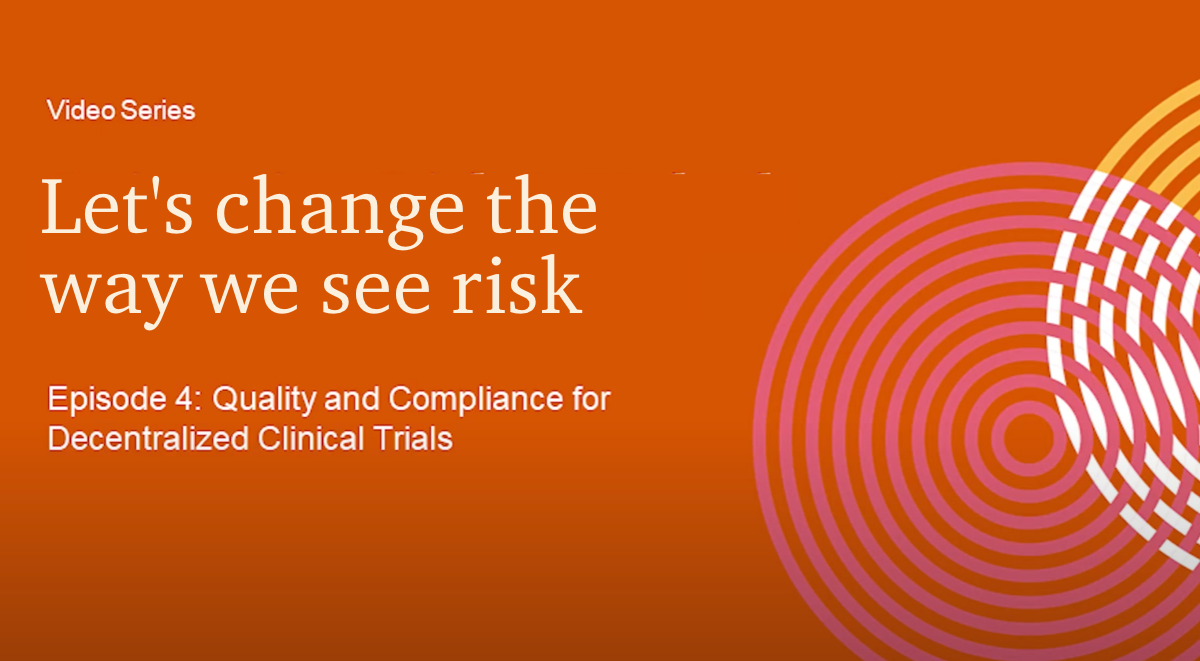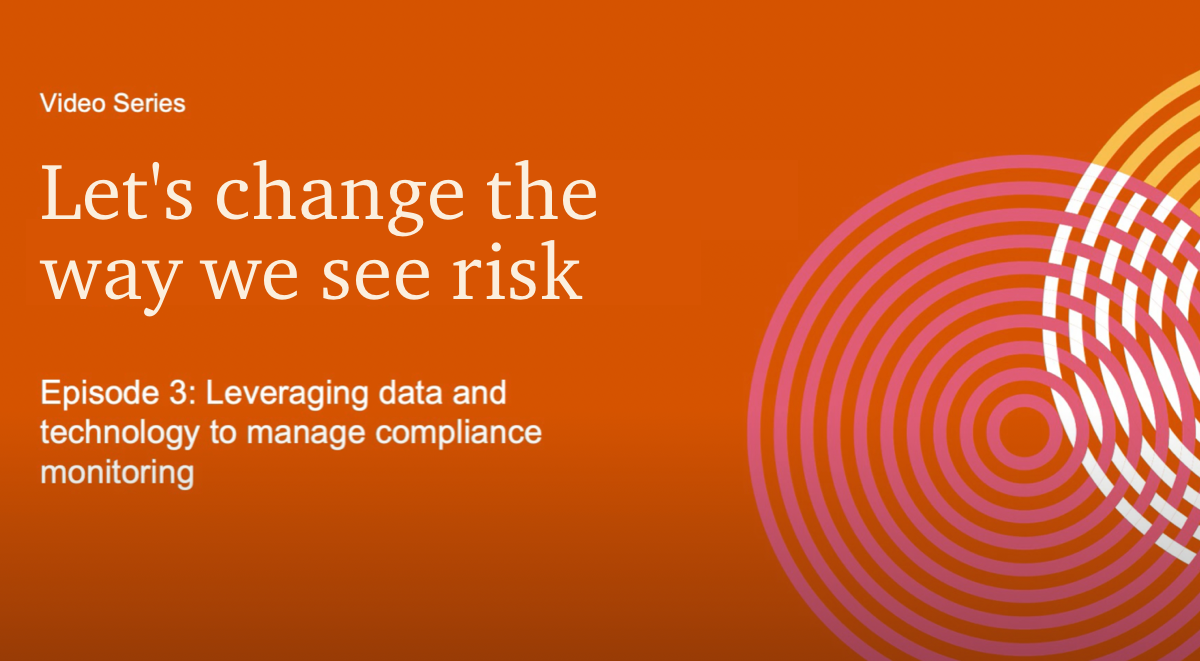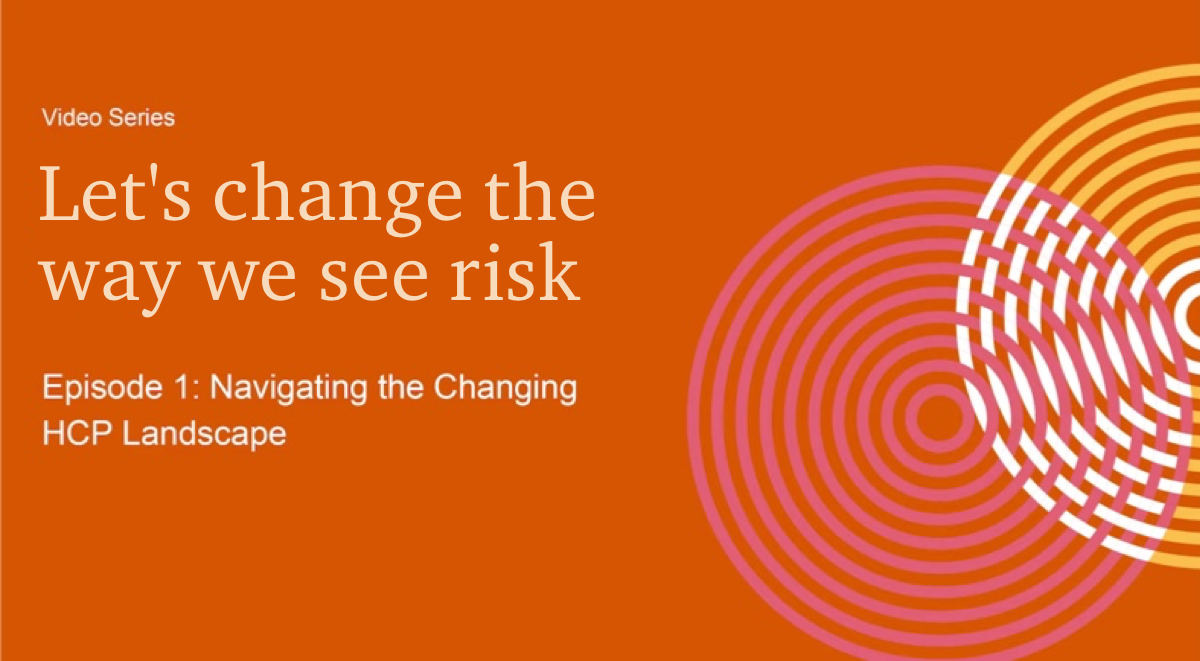Lowering cost while maintaining an effective global transparency program
February 7, 2023
Utilizing technology for transparency reporting can be a win-win on value and efficiency for any organization
More forward-thinking organizations are taking advantage of innovative technology as transparency requirements continue to grow.
In Part 2 of our “Let's change the way we see risk” series, Tiffany Gallagher, Health Industries Risk and Regulatory Leader, PwC US, and Tim Canonico, Principal, Pharmaceutical and Life Sciences, PwC US, analyze the growth of transparency programs and the opportunities that organizations can focus on to succeed.
The goal of global transparency requirements is to encourage the right interactions with Healthcare Professionals and help Pharmaceutical and Life Sciences companies build more trust and transparency in healthcare for society. This landscape is continuing to rapidly evolve as voluntary requirements are being codified into law and other requirements expand to demand more transparency from more organizations.
Additionally, regulators are turning up the heat and Pharmaceutical and Life Sciences (PLS) companies need to prepare for regulatory audits. Have you asked your risk functions if the right policies, procedures, documentation, controls and review processes are in place to prove compliance to regulators? Has a mock audit or a third-party audit review been performed to evaluate your company’s readiness?
Leveraging your data properly can be the key to successfully navigating this increasing scrutiny, especially as more data becomes publicly available and regulations expand. Additionally an often underappreciated benefit of having an effective transparency program is unlocking the commercial and risk management value to sound — and innovative — data practices.
Three leverage points to drive down costs
As transparency requirements grow, companies traditionally create safety nets to catch transactions from upstream processes that may not be well-connected across geographic locations. Legacy systems and in house onshore resources have further increased the cost of compliance.
These three considerations can help solve issues created by fast expansion — and help reduce costs.
Integrate spend transparency + healthcare professional (HCP) engagement management. The most forward-thinking companies realize that spend transparency and HCP engagement management are actually more related disciplines than previously thought. Integrating the two systems in an end-to-end value chain can help drive efficiency and cost savings, because the data typically used for spend transparency is captured up front. The same data, including the recipient, the subject, value, location and more, is all in the HCP engagement management system. By integrating the two, it is possible to eliminate a significant number of safety-net systems previously installed to boost efficiency and reduce costs.
Decommission older, in-house tech. Legacy systems were developed to help achieve compliance when transparency reporting first became a mandate for the PLS company. These systems are costly to maintain, requiring the user to frequently fix and modify the system to address rapid-fire regulatory changes. Today’s commercial software can improve efficiency of business processes, reduce costs, provide a wider book of capabilities for the systems and require less IT resources for maintenance and additions.
Modification of operating models. Centers of excellence, and more prevalent today, co-source providers can really move the needle on reducing cost. This is an area in which an organization can outsource much of the manual work done internally to a specialist third-party provider to help reduce cost and redirect employees to more exciting, impactful responsibilities. Rather than looking at spreadsheets all day, an employee might dig deeper into insights to help drive the business and add value.
The future of transparency programs
The transparency program of the future should be agile enough to adapt to continuous changes in the regulatory environment. With access to more advanced technology, including improved artificial intelligence (AI) solutions, PLS organizations may be able to further reduce the amount of manual labor needed in their operations. Additionally, innovation in quality control and linkage to more data can help drive efficiency and add value to an organization.
Transparency Hub, a PwC product, exists to help PLS companies simplify transparency reporting and quickly respond to continually changing disclosure requirements around the world. Transparency Hub is a single tool that manages reporting requirements across languages and continents to help organizations easily collect, correct and automatically report their data. It’s a highly configurable, customizable and automated system that helps reduce time and costs spent transferring and formatting data manually.
Learn more about how Transparency Hub’s scalable transparency reporting platform grows with you to meet your needs today and in the future as requirements change globally.
Check out other related risk management insights


Explore our products
Stay read for new risks and remain compliant with products and technologies designed by industry experts — and built for your needs. Our consultants are here to help you keep your business protected and prepared so you can focus on what's next.
View products
